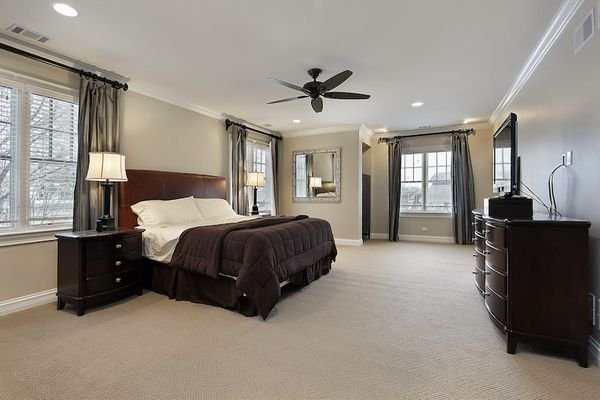PICTURE THIS: It’s almost bedtime, and you want nothing more than to curl up in bed, read a book, and wait for sleep to take over.
But for some reason, despite how tired you are, you just can’t seem to fall asleep!
Even worse, you have a career-making 7 am work call the following day, and you need to be well-rested so you can put your best foot forward.
If that sounds all too familiar to you, then it’s time to consider that your room’s lighting might be part of the problem.
But don’t worry!
This article will cover five tips to help you pick the best-LED bulb for your room. From figuring the light output for your space to learning about “lumens,” learn some of the simplest yet most effective LED lightbulb tips we have in store.
Let’s begin!
Tip #1: Consider lumens, not watts
Lumens indicate how bright your LED bulb will be. Watts, on the other hand, indicates just how much energy your bulb consumes.
Surprised? This is because, for the longest time, people have just assumed that the number of watts indicates a bulb’s brightness, thanks to our use of old-school incandescent light bulbs.
When choosing the best-LED bulb for your room, look for the lumens instead of watts on the label.
The entire bedroom lighting system, particularly for reading nooks and closets, typically requires 2,000 to 4,000 lumens. Each reading light requires a minimum of 500 lumens. At the same time, closet lights need at least 400 lumens.
Tip #2: Look for dimmable LEDs
Your bedroom should provide a warm, inviting space that helps you wind down after a long day of work and leisure.
Studies show that the link between light and sleep goes much deeper. When it is dark, it is easier for the body to enter deep REM sleep. The less light, the better the sleep.
According to the Sleep Foundation, “Light plays a central role in regulating circadian rhythm, the body’s internal clock that signals when to be alert and when to rest. Light also affects the production of melatonin, an essential sleep-promoting hormone”.
Before electricity, our bodies were dependent on daily patterns of sunlight and darkness to regulate our sleep cycles. Today, however, is a different story.
You would want the option to dim your bedroom lights, depending on your mood and liking, so you can promote relaxation and good quality sleep. That’s why dimmable LEDs are important so you can prime your brain for rest by simply adjusting the light settings.
Tip #3: Choose LEDs with the right color
Which do you prefer: Warm light or cool light?
To build on Tip #2, the right LED light bulb color can significantly impact how comfortable your room will be.
Bear in mind that whatever “comfortable” means is completely up to you. However, two rules of thumb to remember are 1) warmer lights do contribute to better sleep, and 2) bright, cooler lights help with alertness.
We recommend having a mix of both warm and cool LED lights, so you can have the option to choose whatever suits your needs at different times of the day.
Tip #4: Know where NOT to use LEDs
LED lightbulbs, as great as they are, also come with limitations.
LEDs produce the same amount of heat as any type of bulb. The only difference is that they come with heat sinks that help regulate temperature better.
However, if you place your LED bulbs in enclosed areas, the heat would have nowhere to go. This leads to heat buildup that will shorten your LED bulb’s lifespan.
In this area, knowing where to use or not use LEDs in your room is key. Avoid enclosed housing as much as possible.
Tip #5: Opt for lamps with LED bulbs
A cheaper way to help create the lighting and vibe that you want in your room without shelling out a ton of money is by adding some lamps with LED bulbs.
They can come in a variety of sizes and designs, depending on your need and aesthetic. Just make sure you know exactly what you want to achieve and choose the lamp type that addresses that.
For example, if you want to make your room seem bigger and taller, go for torchiere lamps to create a softer ambiance that highlights your walls and ceilings.
And there you have it — 5 of our expert tips to help you pick the best-LED bulbs for your room!
We hope we were able to illuminate you (pun intended) on the best options and help you make more informed decisions.



















